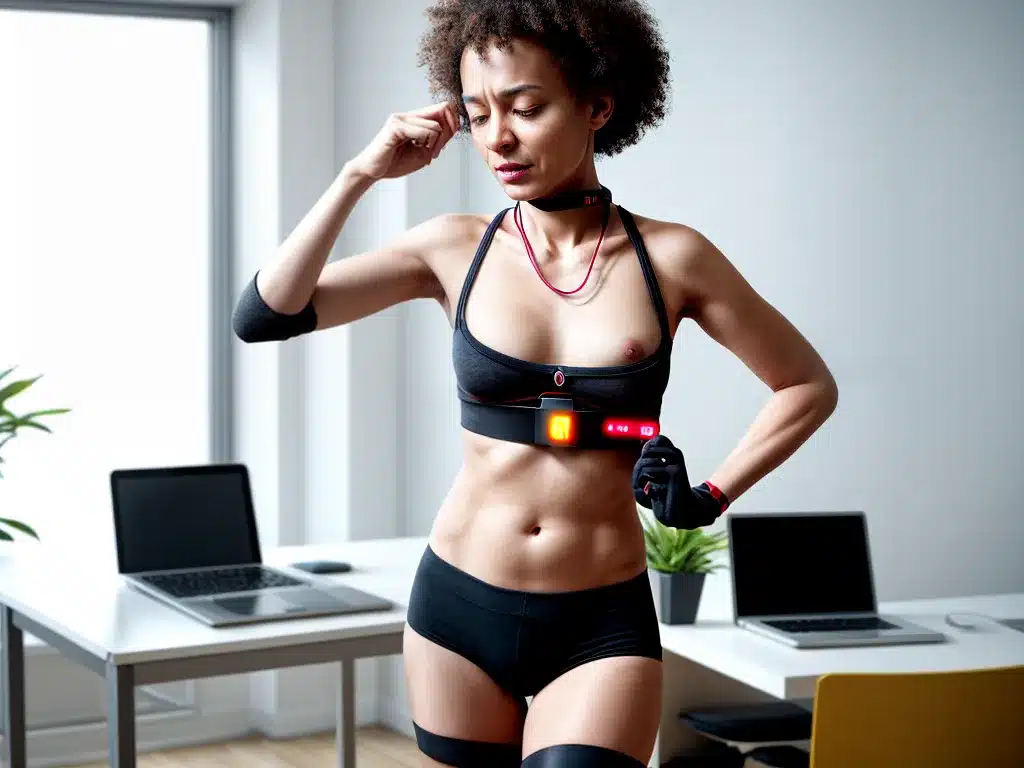IoT Wearables Branch Into New Territory
The Internet of Things (IoT) has enabled a new wave of smart wearable devices that go far beyond traditional fitness trackers. These innovative wearables leverage advanced sensors, analytics, and connectivity to deliver features and capabilities that were unimaginable just a few years ago.
Expanding Capabilities of Wearable Tech
The latest IoT wearables represent a significant expansion of functionality compared to early entrants like Fitbit and Apple Watch. While activity tracking remains a core capability, manufacturers are equipping wearables with sophisticated biosensors to monitor key health signals and even detect medical conditions. Some examples include:
-
Smartwatches like the Samsung Galaxy Watch can perform electrocardiograms (EKGs) to detect atrial fibrillation, an irregular heartbeat that can lead to stroke. This enables early diagnosis and treatment.
-
Smart rings like the Oura track sleep cycles, body temperature, heart rate variability, and more to provide users with insights on health, fitness, and readiness.
-
Hearables like the Bose Frames leverage embedded sensors to measure head movement, blood oxygen levels, and even brain waves. They can enhance hearing while providing meaningful health metrics.
-
Exoskeletons like the SuitX maximize mobility for the elderly or disabled. This emerging category of wearables aims to augment human physical capabilities.
-
Smart clothing from companies like Hexoskin incorporates advanced textiles to monitor heart activity, respiration, sleep, and additional biomarkers.
Transforming Healthcare with Wearables
Healthcare and medicine represents an area of particular promise and growth for IoT wearables. These devices are empowering consumers to take greater ownership over their health while also providing medical professionals with more continuous patient data. Key healthcare use cases include:
-
Remote patient monitoring – Wearables enable chronic disease patients to easily track vitals from home, reducing hospital visits. Doctors can also monitor patients to detect early signs of trouble.
-
Early illness detection – By continuously tracking biomarkers, wearables can often detect infections, viruses, or other health conditions before obvious symptoms manifest. This allows for earlier treatment.
-
Managing medications – Smartwatches and other wearables feature alerts and reminders for taking medications on time and at the proper dosages. This improves compliance.
-
Post-surgery monitoring – Surgeons are prescribing wearables for recovering patients to closely monitor for signs of complications after leaving the hospital.
-
Aid for seniors – Wearables are being used to detect falls and automatically alert emergency responders if needed. Features like GPS tracking also help caregivers keep watch over people with dementia.
Innovation Expanding Functionality
While health and wellness applications have driven much of the evolution of wearables so far, manufacturers are actively innovating to expand functionality in new directions. Some emerging use cases include:
-
Enterprise productivity – Companies are exploring smart glasses and other wearables to provide hands-free access to information on the job. For example, technicians can view repair instructions or remote experts can see the wearer’s field of view.
-
Smart environments – Wearables will interoperate with IoT networks in homes, buildings, and cities. For instance, a wearable badge could provide seamless secure access to doors, elevators, and other controlled points of entry.
-
Personal security – Companies are developing wearables with features like discreet panic buttons, location sharing, audio/video recording, and more. These provide personal security and peace of mind.
-
Navigation – Augmented reality wearables can overlay directions, points of interest, and other location-based data onto the user’s view. This provides an intuitive navigation experience.
The possibilities for wearables are nearly endless thanks to the flexibility of IoT platforms and rapid pace of hardware innovation. As costs decline and form factors improve, adoption will scale. This will make wearables nearly ubiquitous and set the stage for transformative new use cases. The future looks bright for these increasingly multi-functional “computers on the body!”













